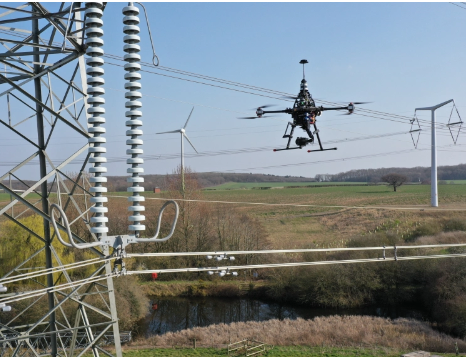UK Met Office hyper-local weather reports played a key part in the recent Future Flight Challenge Phase 2 project – part of the Industrial Strategy Challenge Fund delivered by UK Research and Innovation. The Met Office supported the consortium lead, sees.ai, in the ‘Distributed BVLOS Aviation System’ project, aimed at developing and validating the first aviation system capable of enabling commercial Beyond Visual Line of Sight (BVLOS) drone services at scale alongside manned aviation, including complex missions in congested urban and industrial environments.
Weather forecast information, comprised of a mix of complex weather models and the expertise of meteorologists and scientists, was provided by the Met Office to understand the challenges specific to drones in varied locations in relation to the weather.
The Met Office provided outlook forecasts for the project, for example identifying when weather was likely to hamper drone performance, allowing sees.ai to cancel and reschedule flights to minimise disruption and reduce costs.
Starting in December 2020 and concluding May 2022, the project was funded as a share of GBP30million from the Industrial Strategy Fund (ISCF), delivered by UK Research and Innovation.
The Met Office supported the consortium lead sees.ai by providing forecasts for ten increasingly complex and challenging flight trials aimed at expanding and proving the concept of BVLOS operations for uncrewed aircraft.
John McKenna, CEO of sees.ai said: “The Met Office has been a hugely valuable partner on this project, providing hyper-local, real time weather reports that were instrumental in trial planning and logistics, as well as giving us crucial insight into how weather can impact uncrewed drone operations. With the Met Office’s input, the trials of our software were successful and our journey towards delivering commercial BVLOS drone operations at scale in the UK and beyond continues apace.”
For more information visit:




